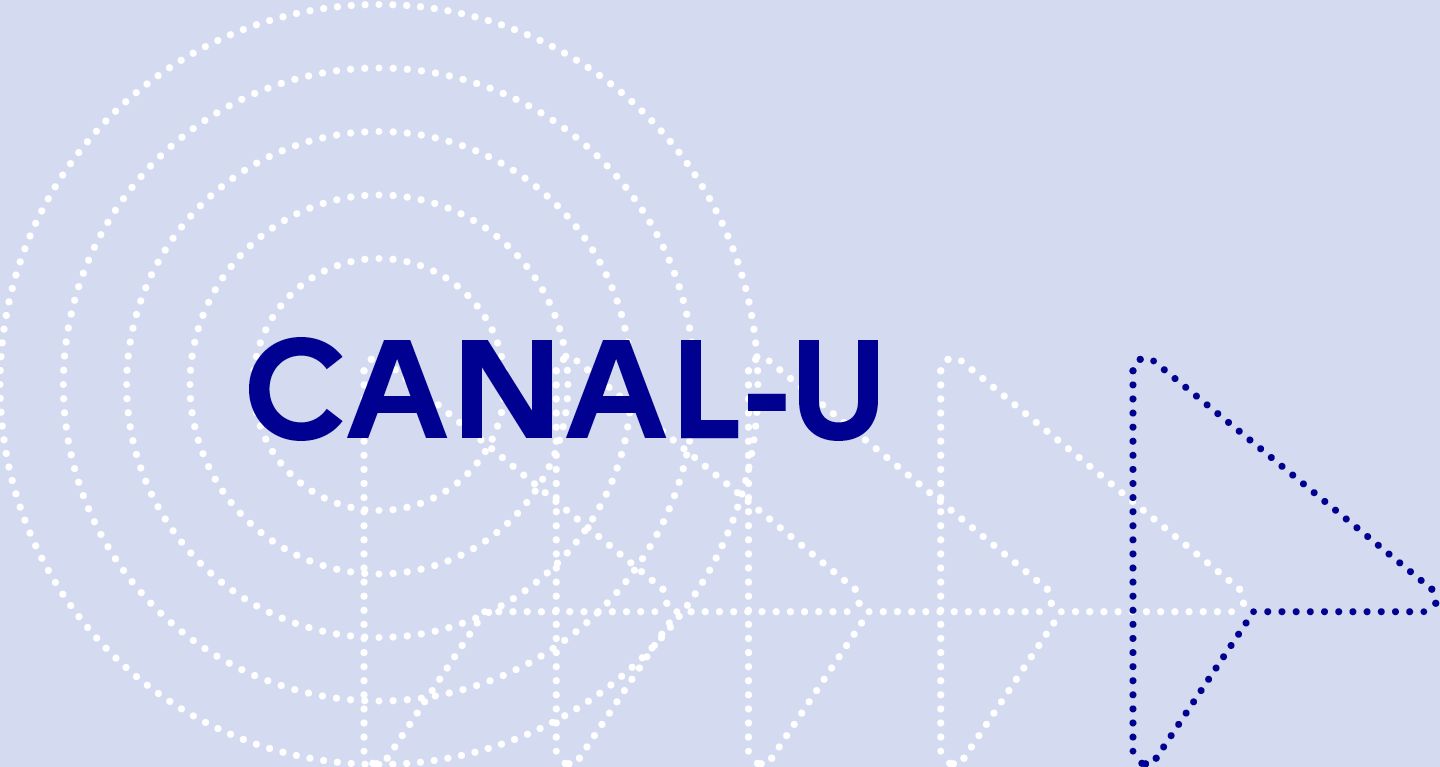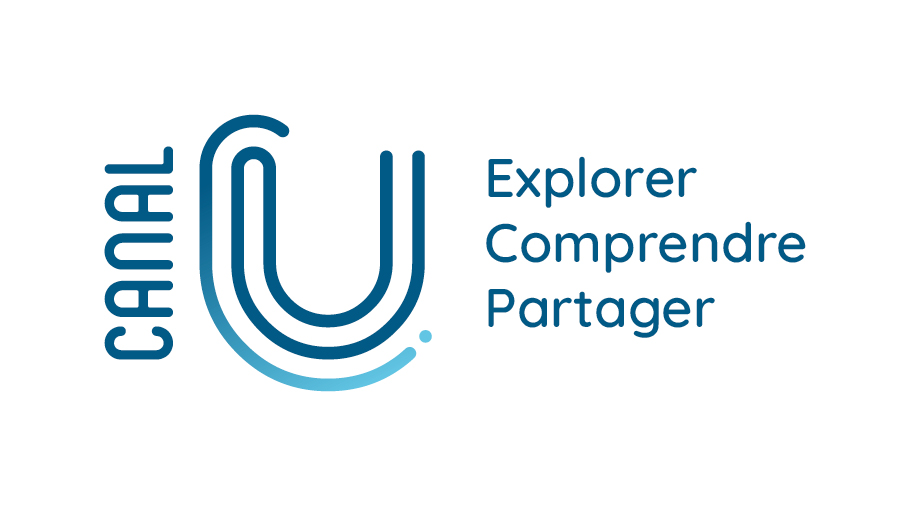
Sommaire
Best Practices for Reproducible Research part 1
Date de création :
12.06.2014Auteur(s) :
Arnaud LEGRANDPrésentation
Informations pratiques
Droits réservés à l'éditeur et aux auteurs. Document libre, dans le cadre de la licence Creative Commons (http://creativecommons.org/licenses/by-nd/2.0/fr/), citation de l'auteur obligatoire et interdiction de désassembler (paternité, pas de modification)
Description de la ressource
Résumé
The aim of this tutorial is to sensibilize the audience to the experiment and analysis reproducibility issue in particular in computer science. I will present tools that help answering the analysis problem and may also reveal useful for managing the experimental process through notebooks. More precisely, I will introduce the audience to the following tools: R and ggplot2 that provide a standard, efficient and flexible data management and graph generation mechanism. Although R is quite cumbersome at first for computer scientists, it quickly reveals an incredible asset compared to spreadsheets, gnuplot or graphical libraries like matplotlib or tikz. knitR is a tool that enables to integrate R commands within a LaTeX or a Markdown document. It allows to fully automatize data post-processing/analysis and figure generation down to their integration to a report. Beyond the gain in term of ease of generation, page layout, uniformity insurance, such integration allows anyone to easily check what has been done during the analysis and possibly to improve graphs or analysis. I will explain how to use these tools with Rstudio, which is a multi-platform and easy-to-use IDE for R. For example, using R+Markdown (Rmd files) in Rstudio, it is extremely easy to export the output result to Rpubs and hence make the result of your research available to others in no more than two clicks. I will also mention other alternatives such as org-mode and babel or the ipython notebook that allow a day-to-day practice of reproducible research in a somehow more fluent way than knitR but is mainly a matter of taste. Depending on the question of the audience, I can also help the attendees analyzing some of their data and introduce them to the basics of data analysis.
"Domaine(s)" et indice(s) Dewey
- Computer Science (004)
Domaine(s)
- Généralités
- Informatique
- Informatique
Intervenants, édition et diffusion
Intervenants
Diffusion
Document(s) annexe(s)
- Cette ressource fait partie de
Fiche technique
- LOMv1.0
- LOMFRv1.0
- Voir la fiche XML




